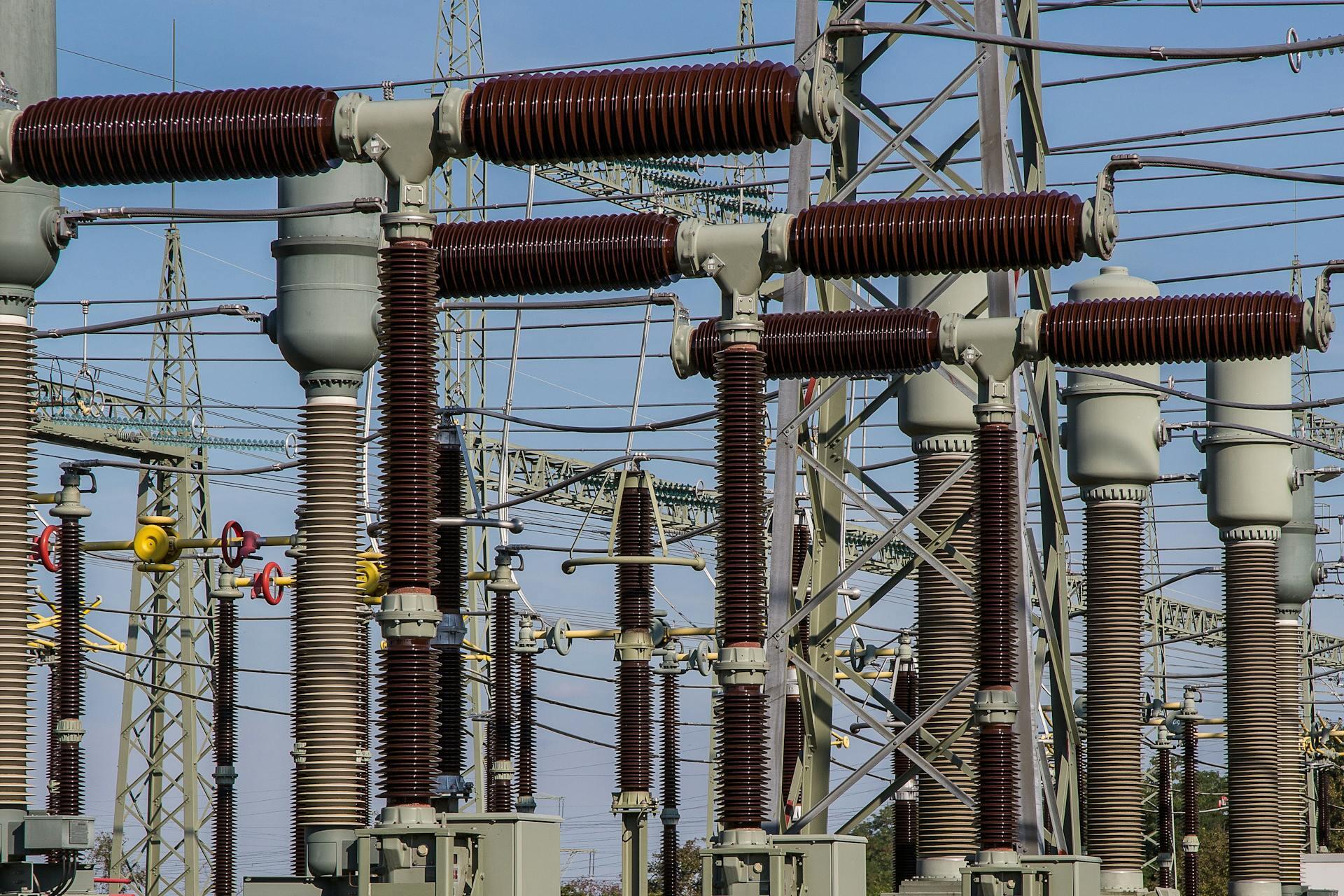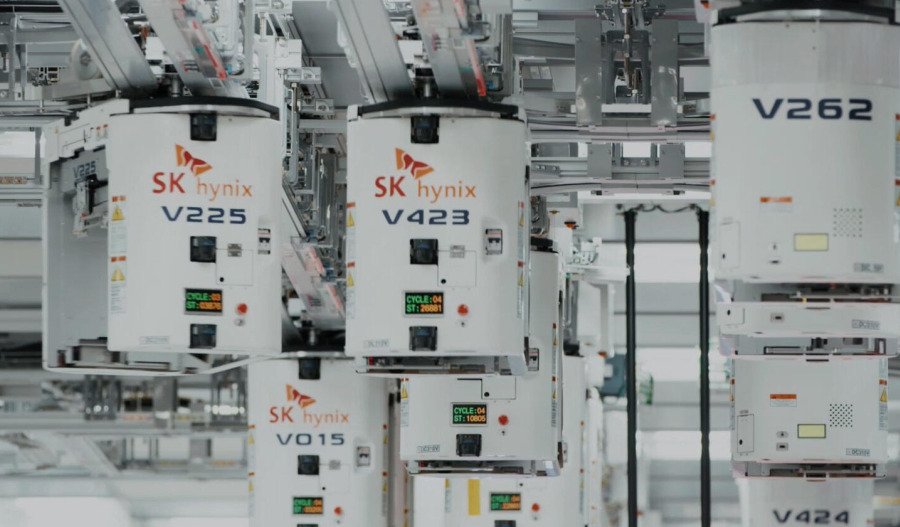All over the world, businesses are investing heavily in building data centre infrastructure — especially as the widespread use of artificial intelligence requires major computing power. But as the sector expands, these data centres could significantly affect electricity grids and negatively impact the environment.
Data centres will need US$6.7 trillion worldwide by 2030 to keep up with the demand for computing power, McKinsey projected in April, with AI-capable centres set to require $5.2 trillion in capital expenditures.
Data centres' AI-driven expansion
The number of data centres has been rapidly increasing worldwide. These centres house servers, data storage systems, and telecommunication equipment for computing operations.
Companies like Meta and Amazon have been investing heavily in the sector, largely due to the expansion of artificial intelligence technology. Training AI models requires large amounts of computing power, as the models are calibrated by processing hundreds of billions of parameters.
Meta CEO Mark Zuckerberg said in July that a major chunk of its projected US$72 billion in capital expenditures would be used to build data centres and other AI infrastructure.
The company is “going to invest hundreds of billions of dollars into computing to build superintelligence,” wrote Zuckerberg, including several data centres with more than 1 gigawatt of computing power. “We're calling the first one Prometheus and it's coming online in ’26.”
There are at least 261 data centres in Australia, according to DataCenterMap, which includes facilities for Amazon Web Services and Google Cloud. Amazon said in June that it would invest A$20 billion from 2025 to 2029 to expand its Australian data centres.
Meanwhile, local firms are also adding to their data centre infrastructure. Cloud services company Macquarie Technology Group agreed to purchase land for a new A$240 million data centre campus in Sydney in July.
Weighing on the electric grid
As more data centres are built, particularly those intended for AI-related tasks, their electricity usage stands to rise considerably.
Global electricity consumption by data centres could reach roughly 945 terawatt-hours by 2030, the International Energy Agency projected in April. This would be more than double the electricity consumption seen in 2024, and would represent almost 3% of all electricity usage worldwide.
In some countries, this proportion would be far higher. Data centres will account for more than half of all growth in electricity demand by 2030 in Japan, according to the IEA, and nearly half of all growth in the United States.
While artificial intelligence is not currently the largest segment of data centre power demand, it is the fastest-growing. It will represent around 60% of the total growth in data centre power demand from 2023 to 2028, according to a BCG report.
However, some companies are also launching major electricity generation projects to power their data centres. Amazon has agreed to purchase more than 170 megawatts of capacity in three new Australian solar farms, as part of its commitment to expand its data centres in Australia.
Frontier, a climate project backed by companies like Stripe, Alphabet, Meta, and Shopify, said in July it would partner with Arbor Energy to remove 116,000 tons of carbon dioxide from the environment. To do so, Arbor Energy will build its first commercial-scale power plant to provide electricity for a data centre, and bury its carbon dioxide emissions underground.
From July 2025, Australia’s government will now require data centre providers to achieve a five-star rating from the National Australian Built Environment Rating System, which measures buildings’ efficiency on metrics like energy and waste.
The Australian Energy Council expects that data centres will increase electricity demand, a spokesperson told Azzet, particularly in New South Wales and Victoria. Data centre energy demand will likely rise from 5% to 8% of total Australian electricity generation by 2030, the AEC and Morgan Stanley projected last year.

The emissions issue
These data centres also have a significant impact on the environment. Amazon’s emissions rose by 6% in 2024, its first increase in three years, driven in large part by its new data centres.
Amazon emitted 68.25 million metric tonnes of carbon dioxide last year. In 2019, it had committed to reaching net zero carbon emissions by 2040.
The Colossus data centre operated by Elon Musk’s AI company xAI has also come under fire for damaging the environment around its South Memphis location. The company, which makes the Grok AI chatbot, reportedly installed 35 methane gas turbines at the site well before receiving a permit to operate turbines in July, and continued to operate nine more turbines than its permit allowed.
These turbines have been emitting formaldehyde and nitrogen oxides. xAI is currently being sued by the Southern Environmental Law Center on behalf of the NAACP civil rights organisation, as the data centre is located in the historically Black neighborhood of Boxtown.
“xAI’s decision to install and operate dozens of polluting gas turbines without any permits or public oversight is a clear violation of the Clean Air Act,” said SELC senior attorney Patrick Anderson. “Over the last year, these turbines have pumped out pollution that threatens the health of Memphis families.”
Azzet has contacted The Nature Conservancy and Greenpeace Australia for comment on these data centres’ implications for the climate and environment.



